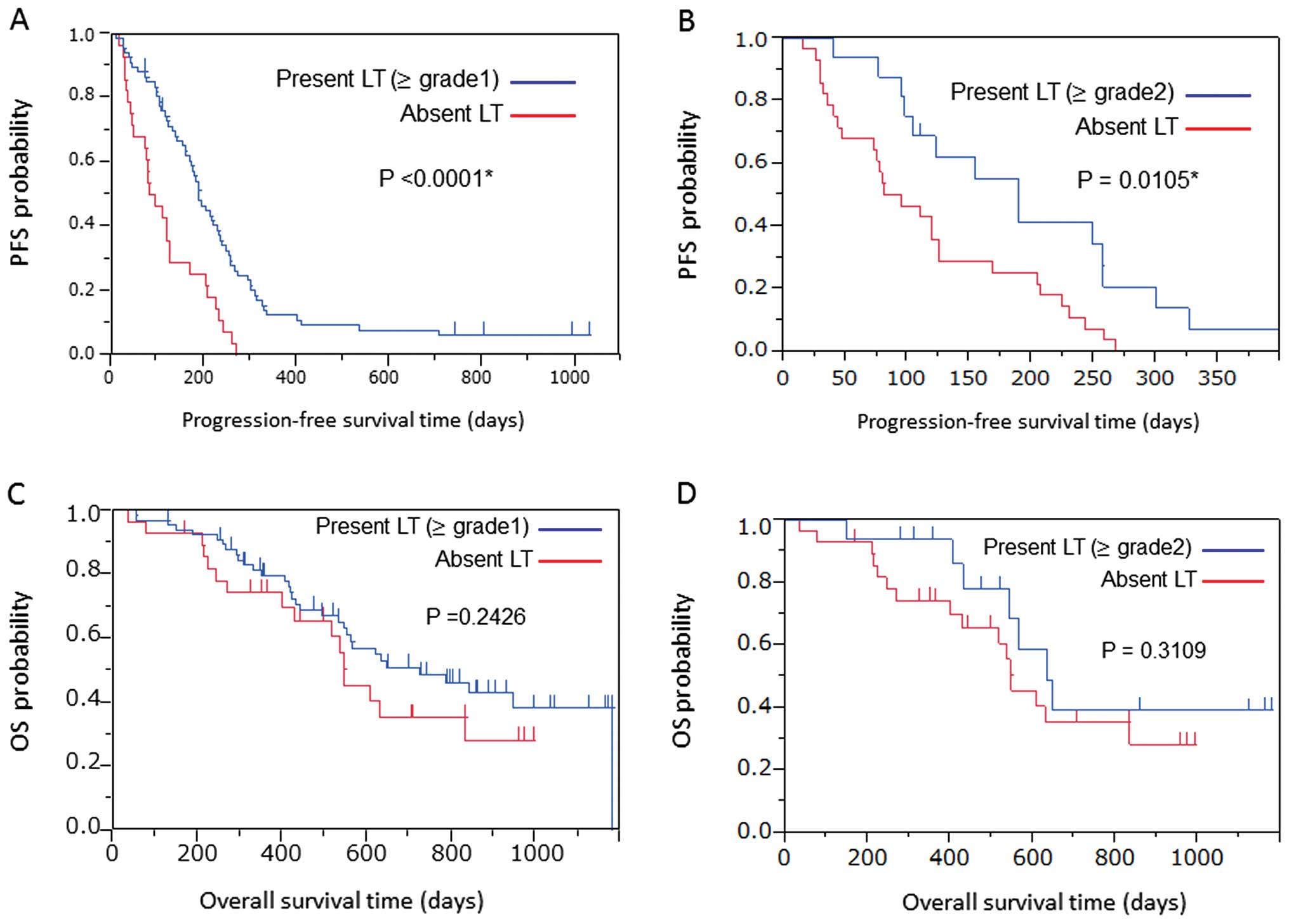|
1
|
Jemal A, Bray F, Center MM, Ferlay J, Ward
E and Forman D: Global cancer statistics. CA Cancer J Clin.
61:69–90. 2011. View Article : Google Scholar : PubMed/NCBI
|
|
2
|
Schultz RM, Patel VF, Worzalla JF and Shih
C: Role of thymidylate synthase in the antitumor activity of the
multitargeted antifolate, LY231514. Anticancer Res. 19:437–443.
1999.PubMed/NCBI
|
|
3
|
Shih C, Chen VJ, Gossett LS, et al:
LY231514, a pyrrolo[2,3-d]pyrimidine-based antifolate that inhibits
multiple folate-requiring enzymes. Cancer Res. 57:1116–1123.
1997.PubMed/NCBI
|
|
4
|
Scagliotti G, Hanna N, Fossella F, et al:
The differential efficacy of pemetrexed according to NSCLC
histology: a review of two phase III studies. Oncologist.
14:253–263. 2009. View Article : Google Scholar : PubMed/NCBI
|
|
5
|
Scagliotti G, Brodowicz T, Shepherd FA, et
al: Treatment-by-histology interaction analyses in three phase III
trials show superiority of pemetrexed in nonsquamous non-small cell
lung cancer. J Thorac Oncol. 6:64–70. 2011.PubMed/NCBI
|
|
6
|
Clarke SJ, Abratt R, Goedhals L, Boyer MJ,
Millward MJ and Ackland SP: Phase II trial of pemetrexed disodium
(ALIMTA, LY231514) in chemotherapy-naive patients with advanced
non-small-cell lung cancer. Ann Oncol. 13:737–741. 2002. View Article : Google Scholar : PubMed/NCBI
|
|
7
|
Manegold C, Gatzemeier U, von Pawel J,
Pirker R, Malayeri R, Blatter J and Krejcy K: Front-line treatment
of advanced non-small-cell lung cancer with MTA (LY231514,
pemetrexed disodium, ALIMTA) and cisplatin: a multicenter phase II
trial. Ann Oncol. 11:435–440. 2000. View Article : Google Scholar : PubMed/NCBI
|
|
8
|
Ohe Y, Ichinose Y, Nakagawa K, et al:
Efficacy and safety of two doses of pemetrexed supplemented with
folic acid and vitamin B12 in previously treated patients with
non-small cell lung cancer. Clin Cancer Res. 14:4206–4212. 2008.
View Article : Google Scholar : PubMed/NCBI
|
|
9
|
Smit EF, Mattson K, von Pawel J, Manegold
C, Clarke S and Postmus PE: ALIMTA (pemetrexed disodium) as
second-line treatment of non-small-cell lung cancer: a phase II
study. Ann Oncol. 14:455–460. 2003. View Article : Google Scholar : PubMed/NCBI
|
|
10
|
Goldstraw P, Crowley J, Chansky K, et al
International Association for the Study of Lung Cancer
International Staging Committee; Participating Institutions: The
IASLC Lung Cancer Staging Project: proposals for the revision of
the TNM stage groupings in the forthcoming (seventh) edition of the
TNM Classification of malignant tumours. J Thorac Oncol. 2:706–714.
2007. View Article : Google Scholar : PubMed/NCBI
|
|
11
|
Eisenhauer EA, Therasse P, Bogaerts J, et
al: New response evaluation criteria in solid tumours: revised
RECIST guideline (version 1.1). Eur J Cancer. 45:228–247. 2009.
View Article : Google Scholar : PubMed/NCBI
|
|
12
|
Schneider E and Ryan TJ: Gamma-glutamyl
hydrolase and drug resistance. Clin Chim Acta. 374:25–32. 2006.
View Article : Google Scholar : PubMed/NCBI
|
|
13
|
McDonald AC, Vasey PA, Adams L, et al: A
phase I and pharmacokinetic study of LY231514, the multitargeted
antifolate. Clin Cancer Res. 4:605–610. 1998.PubMed/NCBI
|
|
14
|
Mita AC, Sweeney CJ, Baker SD, et al:
Phase I and pharmacokinetic study of pemetrexed administered every
3 weeks to advanced cancer patients with normal and impaired renal
function. J Clin Oncol. 24:552–562. 2006. View Article : Google Scholar : PubMed/NCBI
|
|
15
|
Smit EF, Burgers SA, Biesma B, Smit HJ,
Eppinga P, Dingemans AM, Joerger M, Schellens JH, Vincent A, van
Zandwijk N and Groen HJ: Randomized phase II and pharmacogenetic
study of pemetrexed compared with pemetrexed plus carboplatin in
pretreated patients with advanced non-small-cell lung cancer. J
Clin Oncol. 27:2038–2045. 2009. View Article : Google Scholar : PubMed/NCBI
|
|
16
|
Urano W, Taniguchi A, Yamanaka H, Tanaka
E, Nakajima H, Matsuda Y, Akama H, Kitamura Y and Kamatani N:
Polymorphisms in the methylenetetrahydrofolate reductase gene were
associated with both the efficacy and the toxicity of methotrexate
used for the treatment of rheumatoid arthritis, as evidenced by
single locus and haplotype analyses. Pharmacogenetics. 12:183–190.
2002. View Article : Google Scholar : PubMed/NCBI
|
|
17
|
Taniguchi A, Urano W, Tanaka E, Furihata
S, Kamitsuji S, Inoue E, Yamanaka M, Yamanaka H and Kamatani N:
Validation of the associations between single nucleotide
polymorphisms or haplotypes and responses to disease-modifying
antirheumatic drugs in patients with rheumatoid arthritis: a
proposal for prospective pharmacogenomic study in clinical
practice. Pharmacogenet Genomics. 17:383–390. 2007. View Article : Google Scholar : PubMed/NCBI
|











